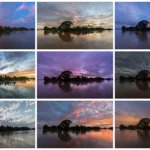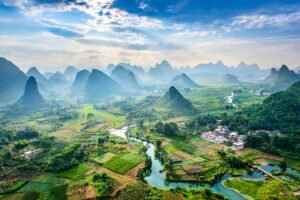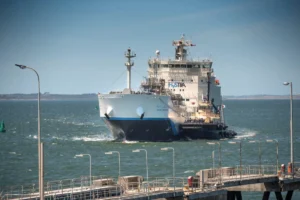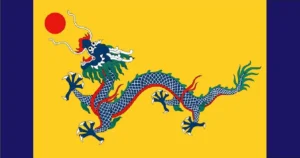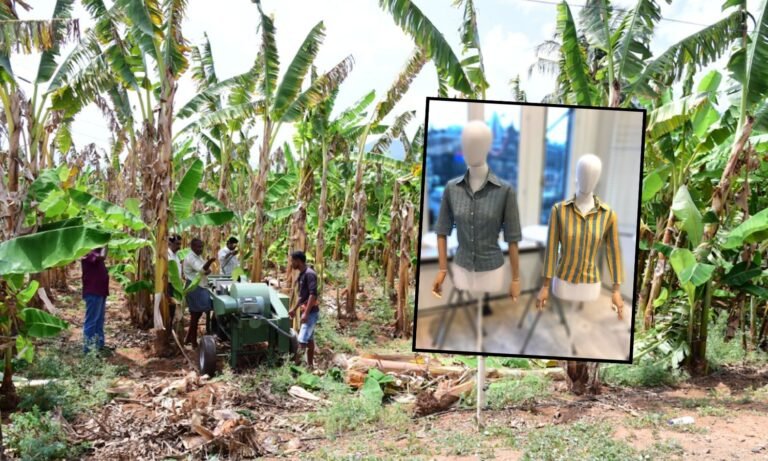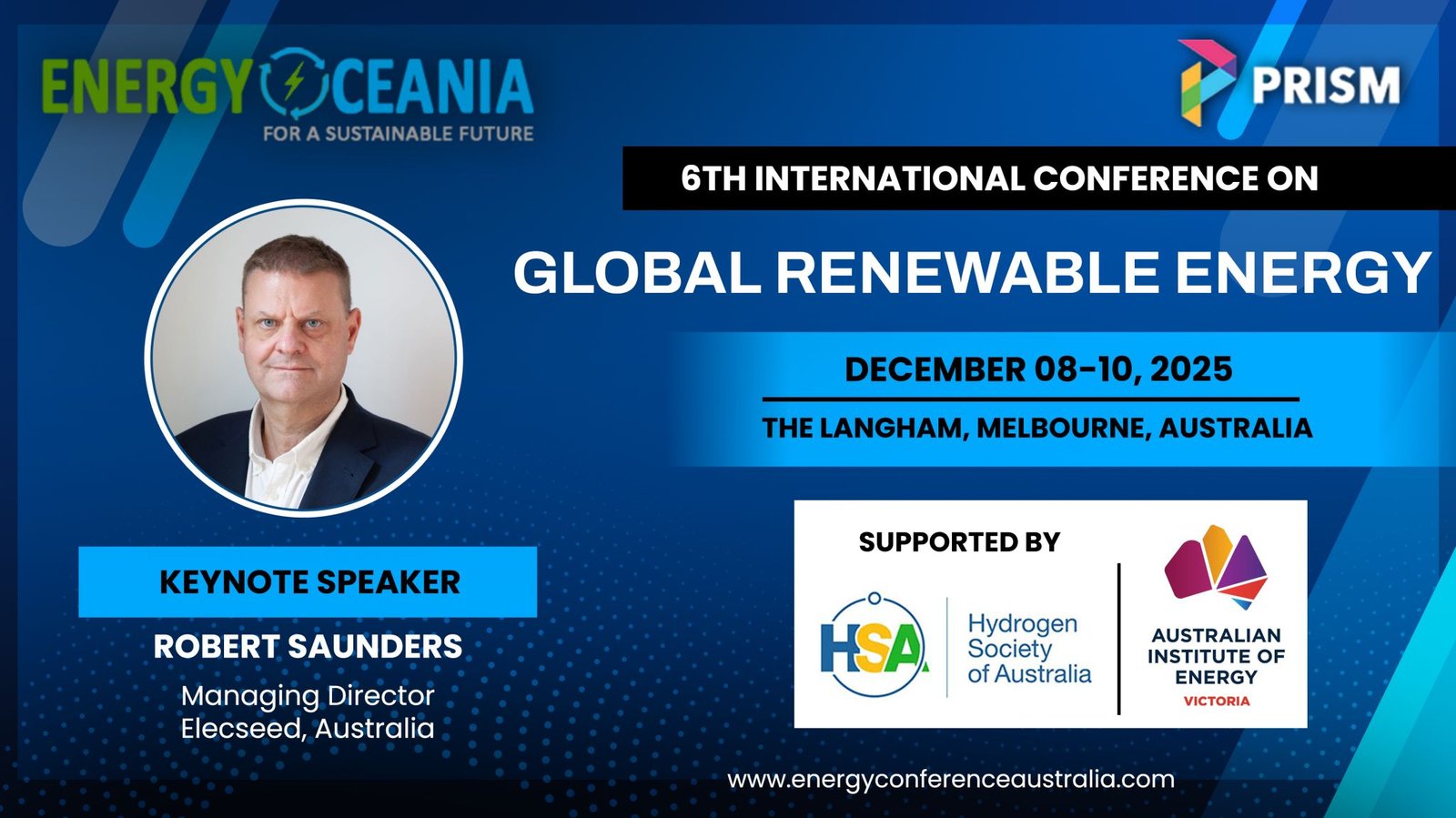Global green funds are essential for climate resilience and financial commitments are at risk to Small Island Developing States (SIDS)
Image Credit: Basile Morin CC BY-SA 4.0
Green Climate Fund GCF : Project STATS:
GCF started in 2010 by the UN, with US$14.9 bil commitment for investments, and 2.5 bil already dispersed funding for 270 projects in130 developing nations. is the world’s largest climate fund, mandated to support developing countries raise and realise their Nationally Determined Contributions NDC) ambitions towards low-emissions, climate-resilient pathways.
The Green Climate Fund 39th Board meeting held 15 to 18 July 2024 in Songdo, Incheon, Republic of Korea, concluded with a landmark approval of USD 1.0 billion in GCF financing for 17 projects in 35 developing countries.
The Korea Development Bank (KDB), was granted US$100 mil to “Collaborative R&DB Programme for Promoting the Innovation of Climate Technopreneurship” to support the transfer of climate technology from leading global companies, including those from Korea, to five Southeast Asian countries: Indonesia, Vietnam, the Philippines, Cambodia, and Laos.
ASEAN Catalytic Green Finance Facility (ACGF):
Launched in 2019- to accelerate green infrastructure investments in Southeast Asia. In the first 4 years, successfully supported 39 projects, with 6 ACGF-ABD projects estimated to result in the reduction of 408,434 tons of carbon dioxide equivalent (tCO2e) per year. The ACGF provides ASEAN governments with: – technical assistance – access to over US$1 billion in loans from cofinancing partners – technical assistance to identify and prepare commercially viable green infrastructure projects – cover upfront capital investment costs – resulting in “de-risks” green infrastructure projects, making them more attractive to private capital investors.
Project example: (ABD) A Roadmap. Scaling Up Private Sector Financing for the Blue Economy in Thailand
The “Blue Economy”/ ocean economy constitutes almost one-third of Thailand’s GDP of US$515 bil and its 23 coastal provinces support the livelihoods of a quarter of the country’s population of <77 mil. But Thailand’s ocean economy is under threat by climate change, pollution, and unsustainable practices. Coastal erosion causes Thailand to lose approximately 30 square kilometers of land every year, and over 70% of coral reefs in the country have already been lost. (ABD) The road-map research project analysed barriers to attracting investors into blue finance, such as limited awareness of blue opportunities, a lack of investment-ready projects, and insufficient monitoring. It also outlines how decision makers can drive investment flows to the sector and safeguard Thailand’s blue economic growth.
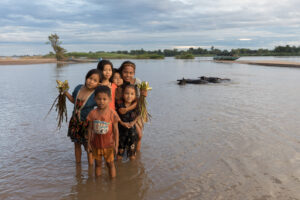
Image Credit: Basile Morin CC BY-SA 4.0,
ASEAN Green Finance Fund:
Launched in April 2019 to accelerate green infrastructure investments in Southeast Asia. The ACGF is owned by ASEAN governments and ADB and is managed by ADB’s Southeast Asia Green Finance Hub supporting governments in Southeast Asia to prepare and finance infrastructure projects that promote environmental sustainability and contribute to climate change goals. The ACGF provides ASEAN member governments with technical assistance and access to over $1 billion in loans from cofinancing partners. The ACGF’s technical assistance supports governments to identify and prepare commercially viable green infrastructure projects while the ACGF loans are utilized to cover upfront capital investment costs. This two-pronged approach “de-risks” green infrastructure projects, making them more attractive to private capital investors.
ASEAN Catalytic Green Finance Facility (ACGF):
Established in April 2017, is an ADB-managed, multi-donor trust fund established with the Government of Germany as its first financing partner for all Asia development Bank’s developing member countries. Its objective is to support the development and implementation of financial risk management products – innovative, scalable, and commercially viable financial risk management products that unlock capital and increase investments in climate change mitigation, adaptation, and disaster risk management and enhance resilience to climate change impacts. These products focus on climate technologies and risk management.
The Adaptation Fund:
US$ 1 bil in Climate Adaptation – 635, 296 ha Restored Natural Habitats – 75 Projects, 43 mil Beneficiaries

Indonesia is adapting to sea level rise via mangrove restoration, construction of wave deflection barriers and creation of environmentally-friendly livelihoods and tools. (Photo: Adaptation Fund)
The Adaptation Fund has committed over US$1.1 billion since 2010 to climate adaptation and resilience projects. As of 2022, total contributions amount to US$1,237.8 million, with Germany being the largest contributor, from clean development mechanism (CDM) project activities. I
It supports localized adaptation projects across various sectors, including agriculture, coastal zone management, and disaster risk reduction. These projects aim to build resilience and help vulnerable communities adapt to climate change. Notably, the fund ensures transparency and ownership for developing countries throughout project planning and implementation. Its purpose is to finance concrete adaptation projects and programs that help developing countries cope with the adverse effects of climate change. It supports localized adaptation projects across various sectors, including agriculture, coastal zone management, and disaster risk reduction. Notably, the fund ensures transparency and ownership for developing countries throughout project planning and implementation.
The ASEAN Australia Smart Cities Trust Fund + Progress Report:
(AASCTF) for ASEAN member developing countries, is a five-year, AUD20 million initiative, commenced in 2019, funded by the Australian Government and implemented by the Asian Development Bank (ADB)- aimed to build livable cities that are green, competitive, inclusive, and resilient, while promoting high quality of life, competitive economies and sustainable environments. The goal is to improve systems and governance through the use of digital solutions to achieve these outcomes.
Example: Design and Management Framework (DMF), such as enhanced climate resilience in Baguio, Philippines (TO-02).



